Cooper, a 22 month old Californian Sea lion arrived at Taronga Zoo, Sydney from Germany in December last year. As Cooper settled into his new home and started training, his handlers noticed that his mandibular canine teeth were so badly worn that there was pulpal exposure and the animal was in some discomfort.
Veterinary Dental specialist to Taronga Zoo, Dr David Clarke from Hallam in Victoria, was called in to treat Cooper.
"It was clear from the radiographs that there was a significant infection and an abscess in the right lower canine," Dr Clarke said. "The canine teeth are such a critical part of the Sealion's dentition that I wanted to avoid extraction if at all possible and being a young animal, the thin dentinal walls and open apices would make extraction more difficult."
Dr Clarke said that normally, in an older animal, a standard endodontic procedure would be straightforward but because of the periapical infection and open apices, it would be imperative to medicate the canal with Calcium Hydroxide for a period before obturating in a subsequent treatment session. However with seals and sea lions, there is an abnormally high risk of the animal not surviving the general anaesthetic so zoos around the world are very cautious about minimizing procedures which require GA.
Dr Clarke trained as a Veterinary Dental Specialist at Dallas Dental Clinic for Animals, Dallas, Texas in the US and has followed the development of laser-assisted dentistry in the human world with interest. Recently he became aware of new research in endodontic cleaning conducted by Professor Laurie Walsh's team at the University of Queensland School of Dentistry. Following conventional debridement using hand or rotary files, the technique uses a Waterlase MD firing at quite low power through a new radial-firing tip into EDTA solution in the canal. Each laser pulse produces a powerful shock wave which travels through the fluid, stripping the biofilm from the walls of the canal along its whole length. This technique achieves a much higher level of cleaning and disinfection than is possible using conventional irrigation, avoiding the need to medicate and possibly allowing the complete endodontic procedure to be performed in a single visit. Dr Clarke elected to trial the use of the Waterlase MD on Cooper's root canals in order to complete the treatment in a single visit and avoid the risk of exposing Cooper to a second general anaesthetic.
Once Cooper was anesthetised, a close oral examination confirmed what the keeper thought; both mandibular canine teeth were worn down with exposed pulp canals and pulpal exposure. On further inspection, it was revealed that pulpal exposure was also present in three of the four central lower incisors, making this a longer procedure than anticipated, so speed was of the essence.
The working length of each tooth was measured from the radiographs, which showed 39mm (right canine), 37mm (left canine) and 18mm (incisors). Dr Clarke used 47mm veterinary length barbed broaches to extirpate the inflamed pulp from the right canine and necrotic pulps from the other teeth. 60mm veterinary length Hedstroem files coated in RC Prep were used manually to debride the canals of the canine teeth and 28mm files for the incisors. Once he was confident that the majority of the necrotic pulp and superficial surface of the dentine walls was removed, each canal was filled with EDTA solution and the laser was activated for 30 seconds per cleaning cycle. At the commencement of activation, the EDTA solution was leached with infected necrotic dentinal material and biofilm. Each incisor required three cycles of replenishing the irrigant and lasing, whilst the right and left canine required eight and 12 cycles respectively before the irrigant remained clear, indicating that the dentinal tubules and walls were clean of necrotic biofilm.
Dr Clarke obturated using flowable calcium hydroxide paste on a Lentulo spiral filler and sealed with a glass ionomer and composite, using a standard acid etch technique.
"The laser was really easy to use," said Dr Clarke. "I could see the biofilm being ejected by the laser pulses and the cavitation in the fluid. The really sticky biofilm which is difficult to completely remove with hand tools came out quickly and the cleaning of the canal was quite obvious.
"We used slightly higher power settings for the two canines than we would normally use in human teeth because the canals were so wide and the working length was over 35mm."
Cooper came round quickly and uneventfully from the anaesthetic and subsequent monitoring indicates the treatment was a complete success. Dr Clarke and Taronga Zoo wish to thank Biolase Technology and Henry Schein Halas for their assistance in Cooper's treatment.
About the author
Dr David Clarke is a registered specialist in Veterinary Dentistry in private practice at Dental Care for Pets in Melbourne.






Wednesday, 26 November, 2025